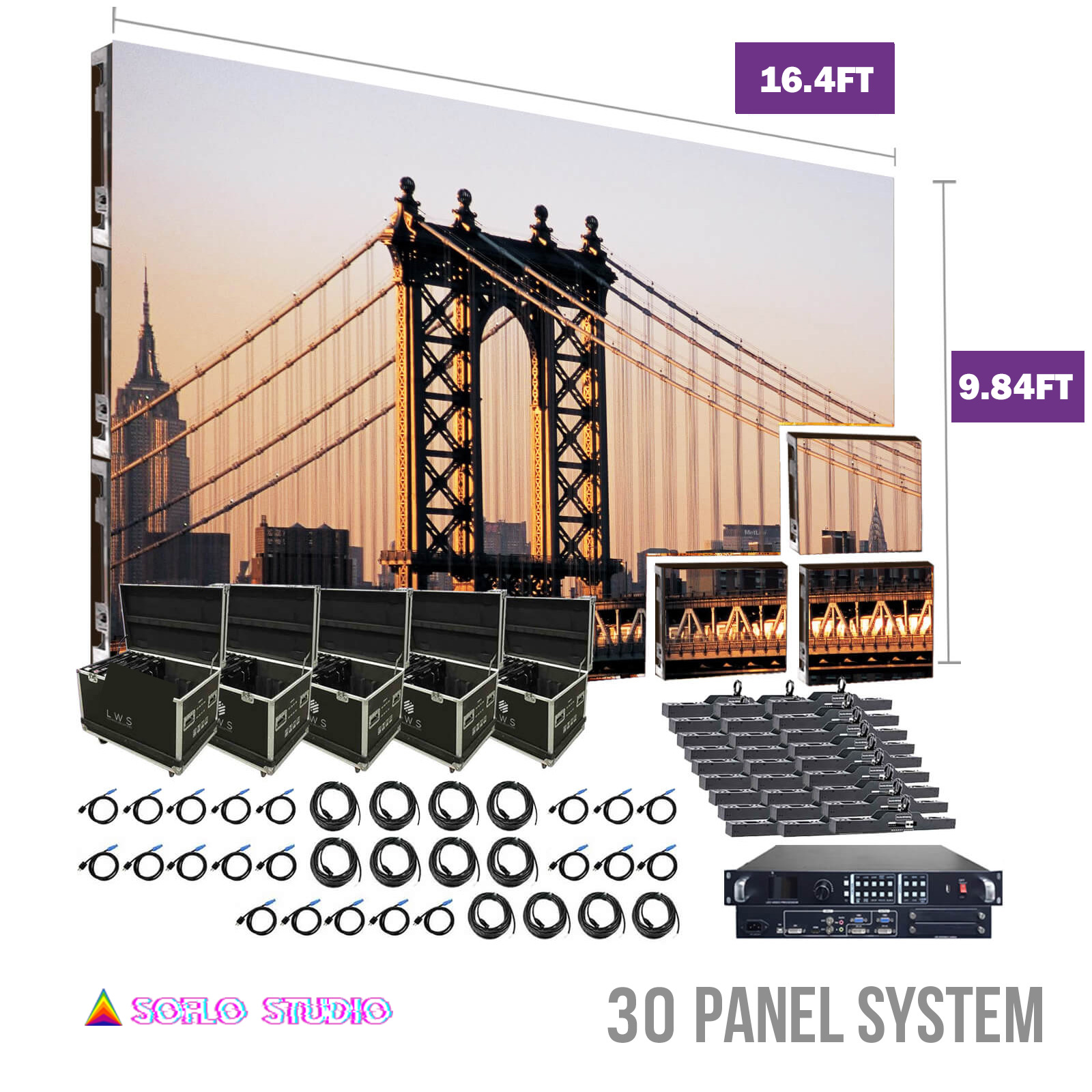Investigating various Effects of Different LED Techniques regarding Brightness Intensities and Their Uses
Wiki Article

Illumination Producing Diodes, commonly known as LEDs, has changed the manner people consider about illumination. These tiny components create illumination when an electric current passes through them. The brightness levels of LEDs vary significantly based on the kind of method employed. Various LED types such as traditional LEDs, powerful LEDs, and organic LEDs (OLEDs) offer unique advantages and applications. Understanding these differences helps consumers and industries select the best suitable LED options for their requirements.
Traditional LEDs are the most frequent kind and are extensively used in everyday applications like signal lighting on devices and decorative lighting. They typically emit a lower level of brightness, which makes them suitable for applications where less bright illumination is needed. These LEDs are energy-efficient and have a long lifespan, which is why they are favored for use in homes and offices. Their efficiency is measured in lumens per watt, making them an economical choice for dim illumination solutions.
Powerful LEDs, in the other hand, are designed to generate helpful site substantially more light than standard LEDs. Such LEDs can be important link found in applications that demand bright illumination, such as streetlights, automotive lighting, and commercial lighting. The increased brightness results from the capacity to handle higher amounts of electric flow, permitting them to emit more lumens. High-power LEDs are also energy-conserving, making them a popular option for outdoor and commercial lighting initiatives where visibility and security are vital.
Organic LEDs (OLEDs) offer another novel option in the LED landscape. In contrast to conventional LEDs, OLEDs use carbon-based compounds to produce light. This technology enables for thinner and more adaptable designs, rendering OLEDs ideal for modern screens such as TVs, smartphones, and tablets. Although OLEDs can provide excellent hue quality and clarity, they are typically more costly and have a shorter lifespan compared to standard and powerful LEDs. Their unique characteristics make them suitable for applications where appearance and visual excellence are valued, such as in high-end consumer devices.
The choice of LED method eventually depends on the specific requirements of the user. Factors such as luminance, energy effectiveness, and application requirements have a significant role in deciding what type of LED is best suitable. As advancements continues to progress, the development of LED products will probably lead to even more effective and versatile illumination solutions for different industries and everyday use. Grasping the influence of different LED types on brightness levels is crucial for executing informed decisions about illumination options in both home and commercial environments.